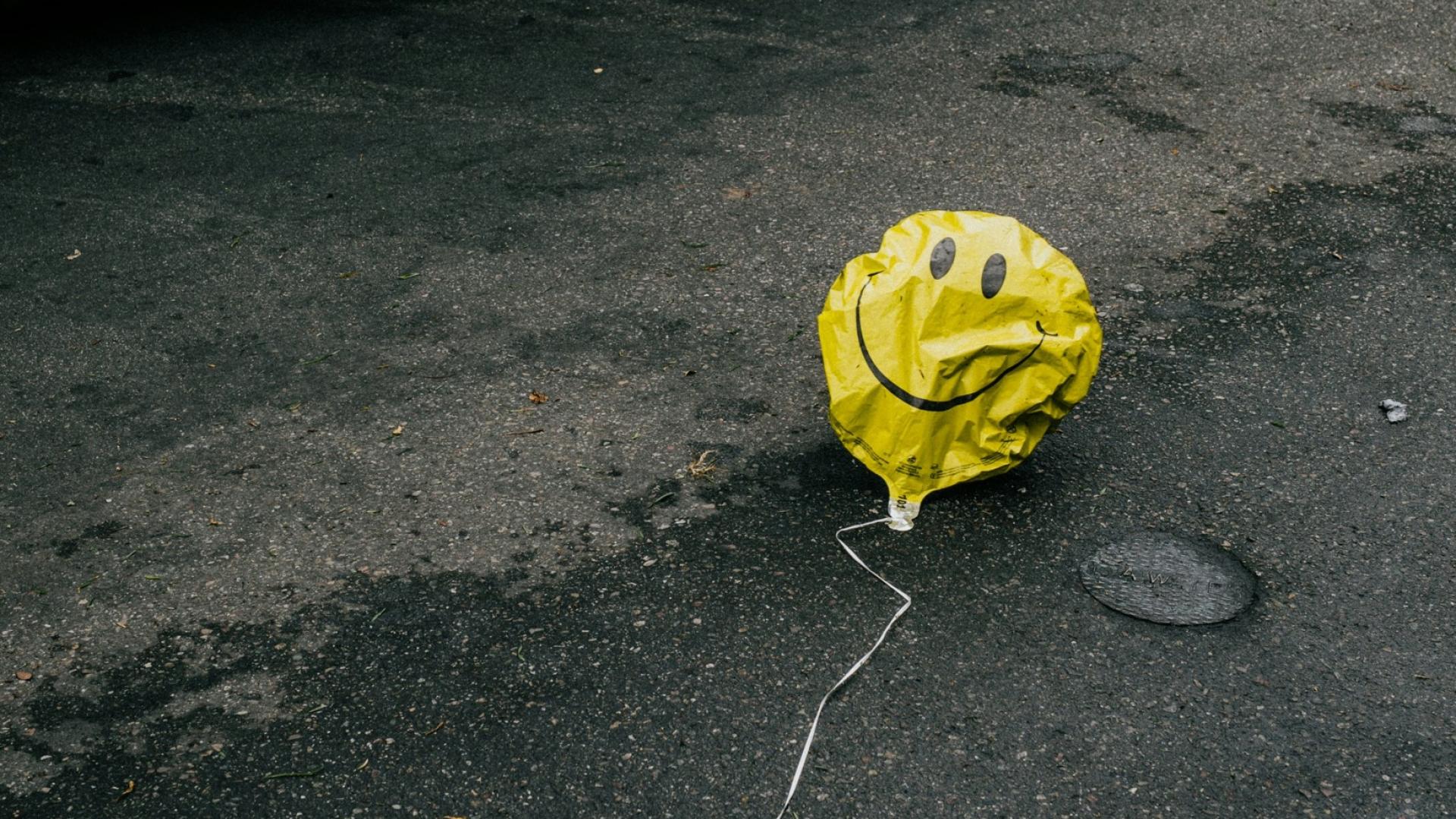Tim Harrison-Byrne
Our summer wave of research with the Canadian public last June told us a lot about the general mindset of the average donor. In particular, there were several stats which were very encouraging: donor confidence for the coming year was impressive. The typical Canadian told us that they had high expectation for their capacity to donate in the coming year, much higher than we saw in the UK. We talked at the time about the standard of donations being less frequent but higher-value, which we hoped on behalf of Canada’s charities would only increase. However, our latest wave of research this winter has generated some concerning figures that illuminate a notable shift in expectations surrounding charitable giving.
The Expectation Rollercoaster
Last summer, there was a tangible optimism in the Canadian public visible within our research. The average Canadian – reflective of age, province, and gender – felt that the country was heading in the right direction, and more importantly, also felt that their giving habits could increase. At this time, despite a 4% net decrease in reported giving for the previous 12 months, we saw an anticipated increase of 8% for the coming year.
However, in the span of just a few months, the landscape has shifted. The most recent figures reveal a surprising reversal, with expected charitable contributions now falling to -3% of current giving, as well as a decline in reported giving since summer. But, is this just a sign of economic downturn, or a concerning trend specific to the charity sector?
Cutbacks show that charity spending is not a priority
Delving deeper into the data, a contrast emerges between charitable giving and other areas of discretionary spending. As is to be expected during a period of economic uncertainty, the public anticipates consistent cutbacks in various luxuries such as vacations and new clothes.
The figures for these non-essential expenditures have remained relatively steady over the last six months. Using the example of dining out, the most common cutback cited, we see that over the past six months the proportion of the public expecting to go to restaurants less often grew from 65% in June to 68% in December. This small change was very much the norm.
Charitable giving, the only outlier to this rule, has become one of the only areas experiencing a drastic change in expected cutbacks. In just six months, the proportion of the public expecting to donate less has surged from 38% to a staggering 50%, signifying that charitable contributions are among the quickest expenses to be sacrificed in times of hardship.
Planning for shifts in donor habits
Charities tend to see more donations in the winter season due the prevalence of effective campaigns and the general spirit of giving around religious holidays. The shift in priorities we see in our research raises critical questions about the role of charitable giving in the Canadian consciousness, however. Is it simply that rising living costs were more pronounced during the winter months, or are there other dynamics at play? It’s worrying to imagine that donations are the first item to be jettisoned from the household budget when times get tough, but as the public face financial pressures the willingness to allocate resources to charities may have naturally waned.
In light of these findings, it becomes imperative for charitable organizations to adapt and innovate in their approaches. Understanding the evolving dynamics of public sentiment allows charities to tailor their messaging, campaigns, and outreach efforts to resonate with the changing priorities of potential donors.
As the research reflects a temporary downturn in expected giving, it is essential to foster a culture of compassion for donors’ situations. Your organization can play a pivotal role in showcasing the tangible impact of even modest giving, illustrating the meaningful difference that a small sum can generate.
For more information about our work with the Canadian public, check out nfpPublic Canada or download a pack below.

